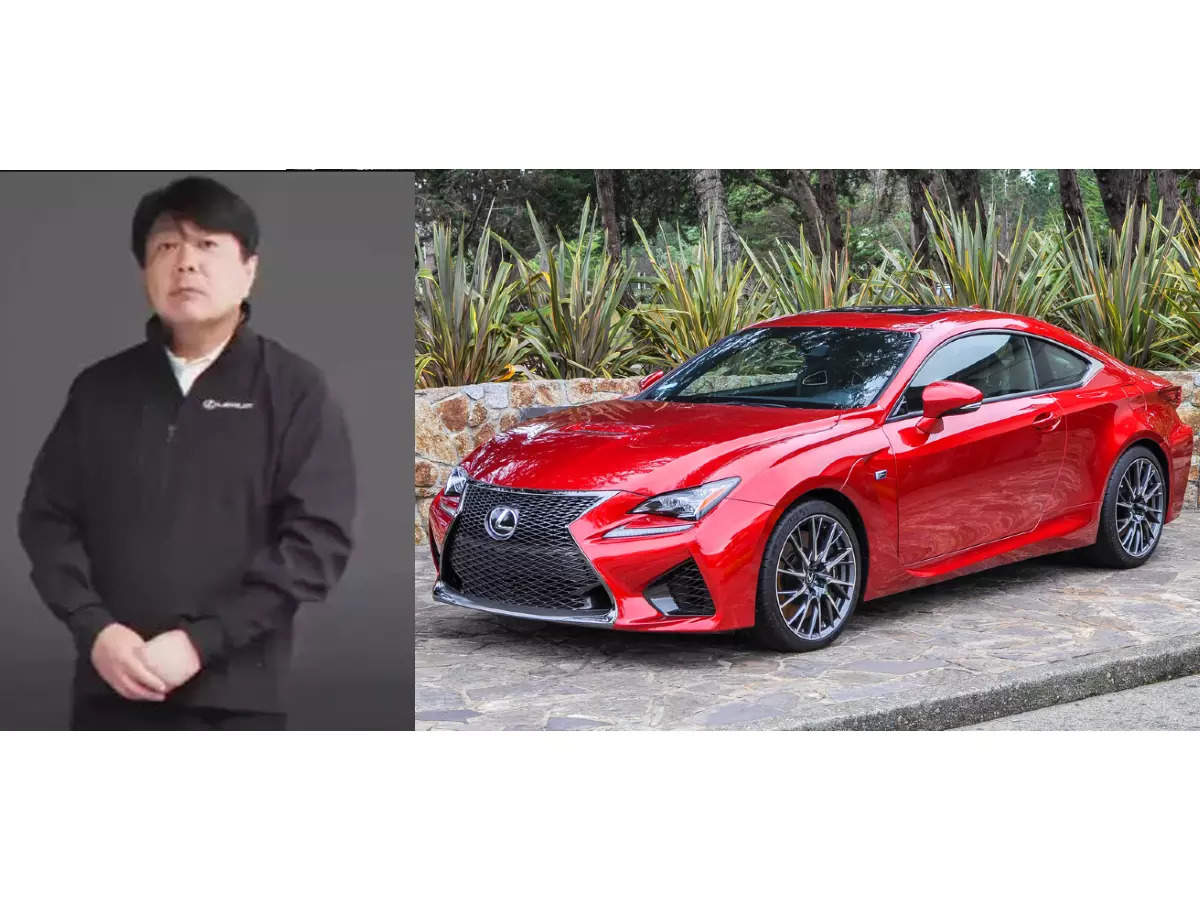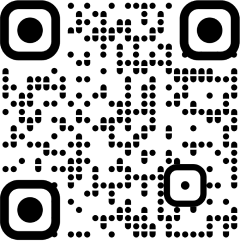
Q: What are the current design trends globally for luxury cars?
The overall design trend for luxury cars may not be direct. However, what we’ve been experiencing and noticing globally is that the concept of luxury itself has evolved and advanced from material-based to a more experiential, space-based luxury.
Q: Globally, SUVs now dominate the passenger vehicle segment. Do you think sedans will make a comeback anytime soon? If yes, why? If not, why?
This is more of a personal opinion than a general idea. I believe sedans have a very loyal customer base, and there is enough demand for both the sedans and the SUVs because they offer good comfort and space. There is some demand globally so that sedans will not completely disappear. This customer base will keep them alive for long.
Q: Moving forward, EVs are the future, and Lexus is driving in the same direction. But the ICE variant of RX is still manufactured. How long will this path continue?
The first factor is that we have a loyal customer base globally. So, as the brand shifts towards EV, we want to stay connected with our loyal customers and offer them a range of powertrains. That is one of the mission statements of the RX, and for now we are moving forward with what we have.
Q: What is the difference between the GA-K and TNGA platforms? For example, when we look at the RXZ in terms of attributes and size, it is similar to the RX, but the application differs. What are the differences?
The first major difference between the GA-K platform and the TNGA platform is that the RXZ is based on the TNGA platform. It was engineered specifically for battery-electric vehicles. It caters to storing and mounting large-capacity batteries. On the other hand, the GA-K platform is designed for more diverse uses. It can accommodate an IC engine, along with its batteries and fuel tanks. That would be the biggest difference, specifically between batteries and GA-K.
Q: Is there still a lot of demand for higher-powered cars in this segment? Do you have a strong customer sentiment for this, since the Lexus LC 500h is still present?
On a global scale, we have witnessed a consistent demand for a performance-based model like LC500h.
Q: Designers derive inspiration from many things. So, what’s the key inspiration for the design of the new RX? Over the years, have you taken inspiration from elements around you or something from India?
One of the main goals of development was to create a vehicle that was obviously exhilarating and fun to drive, and something that felt good with plenty of torque. So, to express this design language, it would have to have planted styling, along with the expression of a lot of traction in the rear end.
Expressing a low centre of gravity was also one of the design languages; these were the concepts that sort of determined the design language for the exterior type.
And so, another distinctive design factor was the spindle group. That was our characteristic design language so far, but moving towards the future of EVs, we want to connect and bridge the gap with our design language for the future Lexus brand identity.
We opted for the transition to the spindle body. And what we call the seamless grille, it’s a transition between two jet generations, two eras of design language, so that is another big change that we’ve incorporated for the exterior.
Regarding the question, did we take any inspiration from Indian culture, actually, this goes for any country. This time we did not draw upon Japan or any other culture for the design.
Q. Since GA-K is an all-new platform, there would have been a lot of challenges in developing it, since Lexus is moving more towards plug-in hybrids than the earlier traditional hybrids? What challenges were involved in developing this platform to make sure it adapts to global markets? Since the materials used are a hot topic in India, how did Lexus address it?
One challenge was regarding the strength of the chassis and crash testing. This is something that we already had to do, and in that sense, they were ready for it. So, it wasn’t a challenge, but the challenge was to make driving fun. It was the first time we were to put a 2.4-litre turbo hybrid motor and also put a very large, high-output e-axle with an electric motor in the rear.
Those are two elements that make sure that the fun of driving is still present. But we also had to add a multi-link suspension to be able to handle that torque and that power. These were the profound challenges for the modified GAK platform.
















